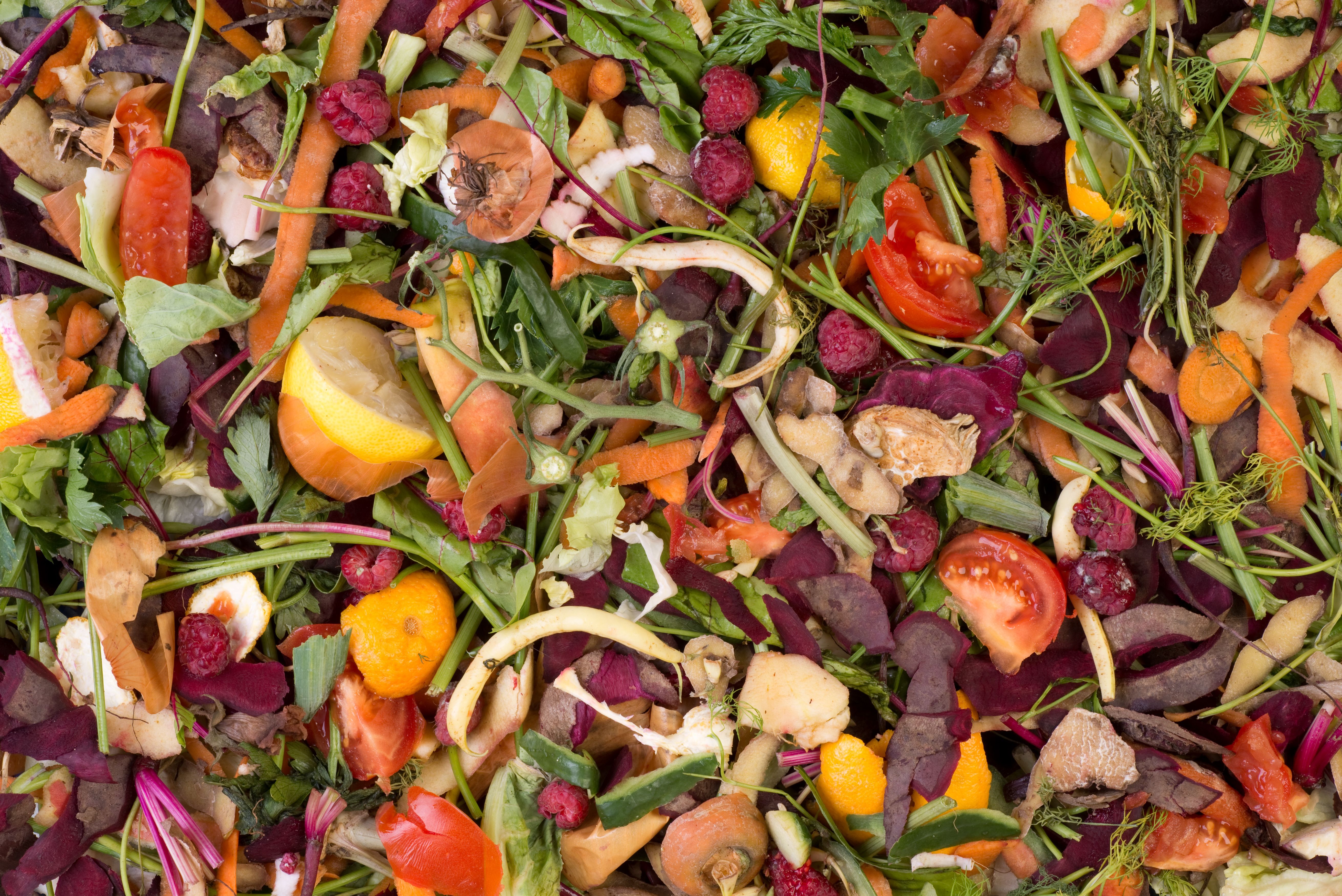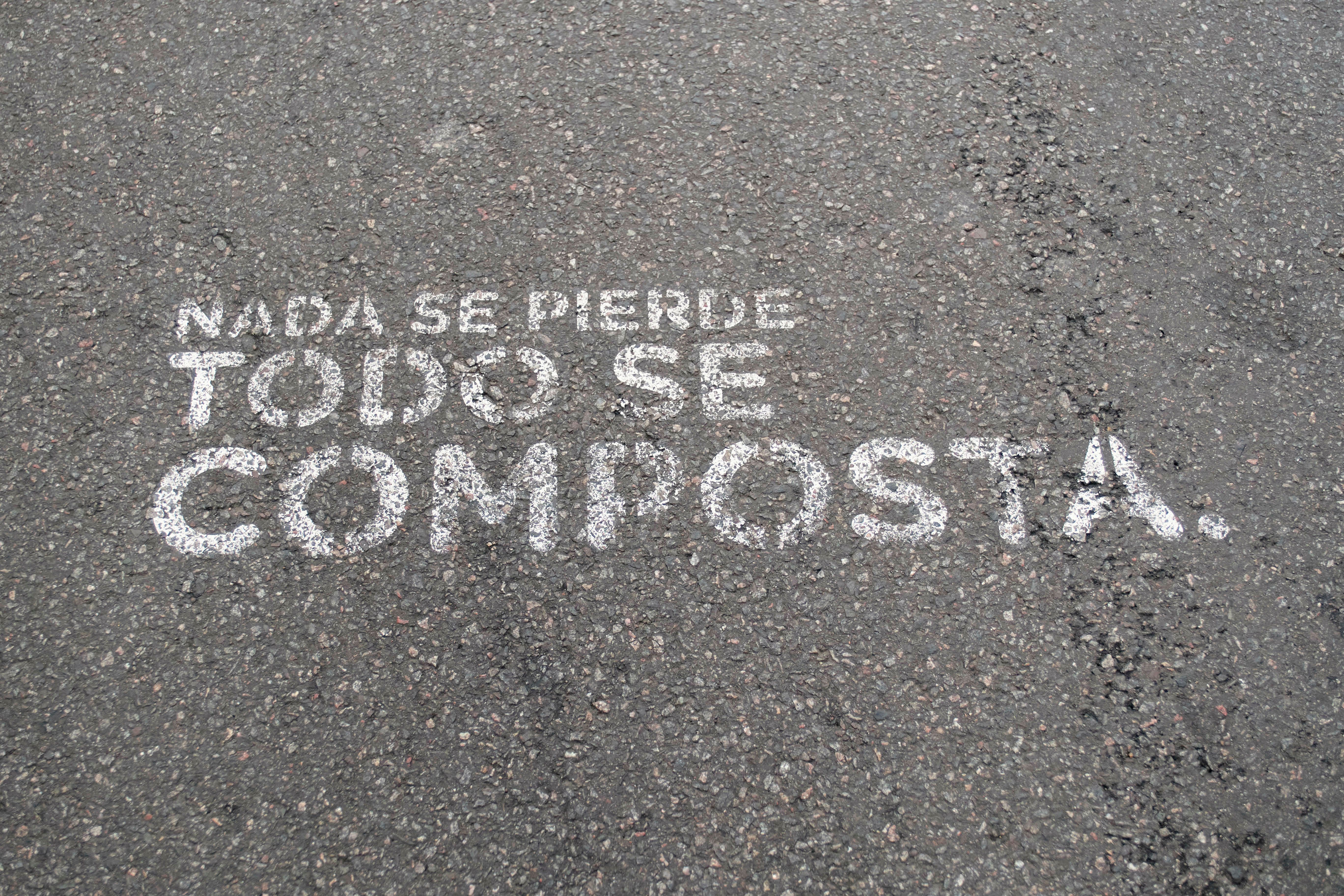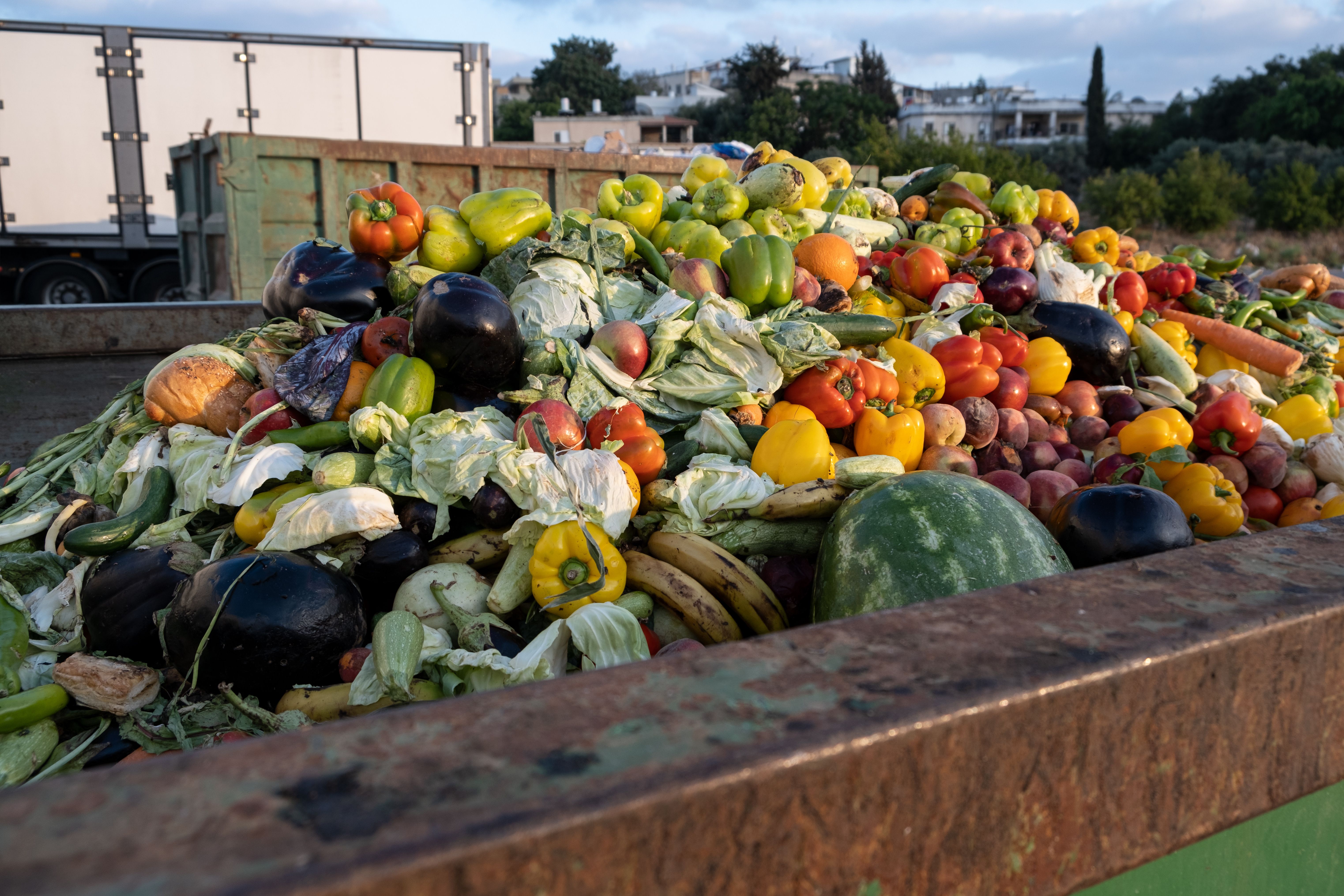What it is
Every year, South American families and businesses throw away around 180 million tonnes of organic waste, such as food scraps and yard trimmings. When bacteria breaks this waste down, it generates methane. Composting reduces methane emissions from this organic waste by 50-90% by transforming it into compost, which can nourish soil.

Where can it be used
Anywhere and everywhere where communities generate organic waste! Organic waste includes food waste, napkins, paper or cardboard food containers from residences, restaurants, food factories, and other businesses, as well as yard trimmings and livestock manure (organic waste from agricultural activities is dealt with separately under agriculture solutions).
How it works
Microorganisms, insects, or bacteria feed on organic waste and break it down into compost, a soil-like material that can be used as fertilizer or soil. To be effective, compost systems must be warm, damp, and well-aerated. Composting systems can operate in cold and hot environments; heat is produced as waste is broken down.
Composting can be centralized or decentralized—depending on the needs of each community. For example, food and yard waste from homes and businesses can be gathered in compost bins and sent to compost centers located alongside existing landfills. Such waste can also be composted onsite—with composting equipment at homes and businesses—or at smaller compost centers located throughout a community.

Composting systems vary widely. Communities can deploy different systems to meet different needs. There are four types of systems.
- Vermicomposting: In vermicomposting systems, worms feed on food scraps, paper and yard trimmings to produce compost in three to four months. Such systems work well onsite and on a smaller scale, such as in apartments, small offices, and schools.
- Aerated (turned) windrow composting: In aerated or turned windrow composting systems, organic waste is organized into rows of piles (called “windrows”) and aerated by turning the piles periodically, either manually or mechanically. Turned windrow composting is suitable for large volumes of diverse waste, including yard trimmings, grease, liquids, and animal byproducts, generated by entire communities or at high volume food-processing businesses. Aerated windrow systems require large land areas and are labor-intensive.
- Aerated static pile composting: In aerated static pile composting, organic waste is piled with layers of loosely stacked bulking agents, such as wood chips or shredded newspaper, which enable air to pass from the top to the bottom of the pile. The movement of air may be supported through a network of pipes or air blowers with timers and temperature sensors. This method produces compost in three to six months. It can be used for municipal solid waste, including food scraps, paper products, and yard trimmings, but not animal byproducts or grease from food-processing. It is more expensive to install and maintain.
- In-vessel composting: In-vessel composting involves placing organic waste in a vessel, such as a drum, silo, or concrete, in which temperature, moisture, and airflow can be controlled, and the waste is aerated through mechanically mixing it.. This method is quick—it can produce compost within weeks—and can process large volumes of waste using less space than turned windrow systems. In-vessel composting systems vary in size—they can be small enough to fit in a restaurant and large enough to process waste at large food production facilities. In-vessel systems minimize fugitive methane emissions from composting, but are more expensive than other options.
Who’s Doing It
Communities across South America have adopted composting systems, ranging in size and cost based on local needs. For example, Buenos Aires has a central composting system for organic waste from across the city. The system is located in the City’s award-winning Environmental Park, which processes waste from across the city and acts as an education center on sustainably managing waste. In addition to reducing greenhouse gas emissions, the City is also motivated by the rising cost of sending waste to landfills and the environmental damage created by it.

In contrast, the City of São Paulo, Brazil, created a semi-local composting system with five composting yards to manage organic waste throughout the city. Rather than selecting a costly high-tech system, the City selected composting sheds made of organic materials, which are significantly cheaper and can be built more quickly. By locating composting yards throughout São Paulo, the City shortened the distance between the source of waste and the disposal site—reducing emissions from transporting waste.
Policy Considerations
Laws, policies, and regulations
Governments at all levels can adopt laws, policies, and regulatory frameworks to support uptake of compost. National governments can develop national strategies and policies, including guidelines, tools, national goals, financial and fiscal incentives, as well as requiring all municipalities to develop solid waste management plans that incorporate composting. Municipalities responsible for managing solid waste can develop local policies, plans, and programs focused on diverting organic waste from landfills and composting. Some authorities may choose to ban organic waste from landfills.
Communication and education
Educating and communicating with the public about the importance of composting and its benefits, as well as separating organic waste from other sources is essential for successful composting initiatives. Public education programs may also include workshops or other resources to help citizens set up their own household compost.
For example, Cajicá, a small city in the Bogotá metropolitan area in Colombia, launched its composting program in 2008 alongside a comprehensive five-year public education campaign—including games, hands-on activities, posters, brochures, videos, workshops, initiatives in schools, and more—to educate the public about how and why to compost. The educational component shaped the success of the program, making Cajicá one of five cities selected by the United Nation in 2017 as an example of strong approaches to waste management.

Incentives
Governments can provide financial incentives or disincentives to encourage people to compost. For example, municipalities can adopt policies that require residents to pay for exceeding a certain amount of garbage to provide an incentive for reducing garbage while increasing composting and recycling. Municipalities can also consider fining residents for throwing organic waste in the trash.
Some municipalities have found creative ways to incorporate incentives. For example, the Municipality of Curitiba in Brazil gives residents food in exchange for organic waste. In doing so, it supports local small- and medium-sized farms while providing nutritional produce to low-income residents.
Accessibility
In order for people to compost, the service must be accessible. For example, municipalities can distribute compost bins and run curbside pickups, or create places throughout the community for compost drop off. If a municipality chooses to collaborate with or contract private operators, it can also work with them to ensure coverage throughout the city.
